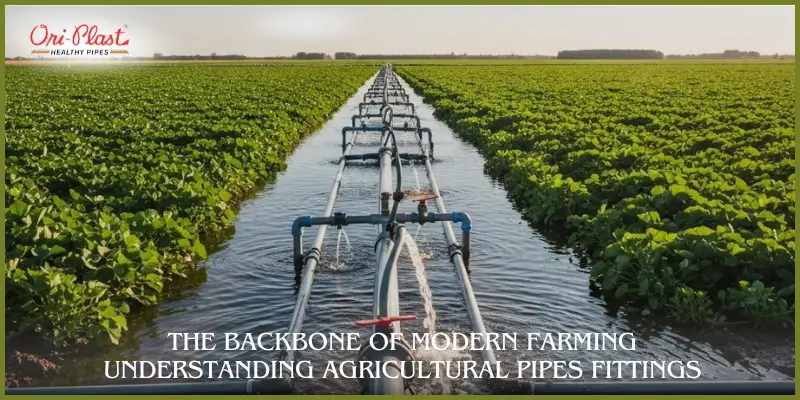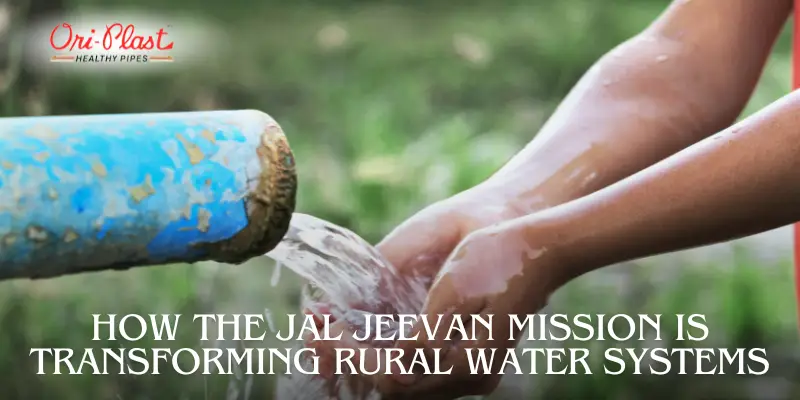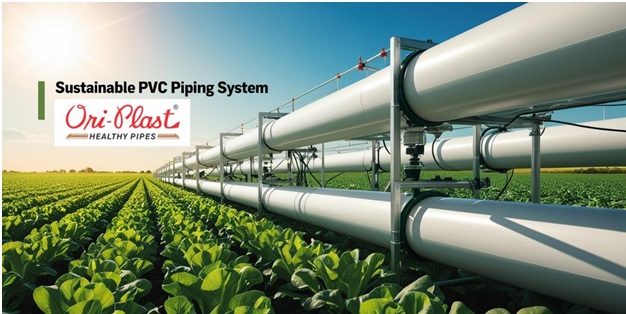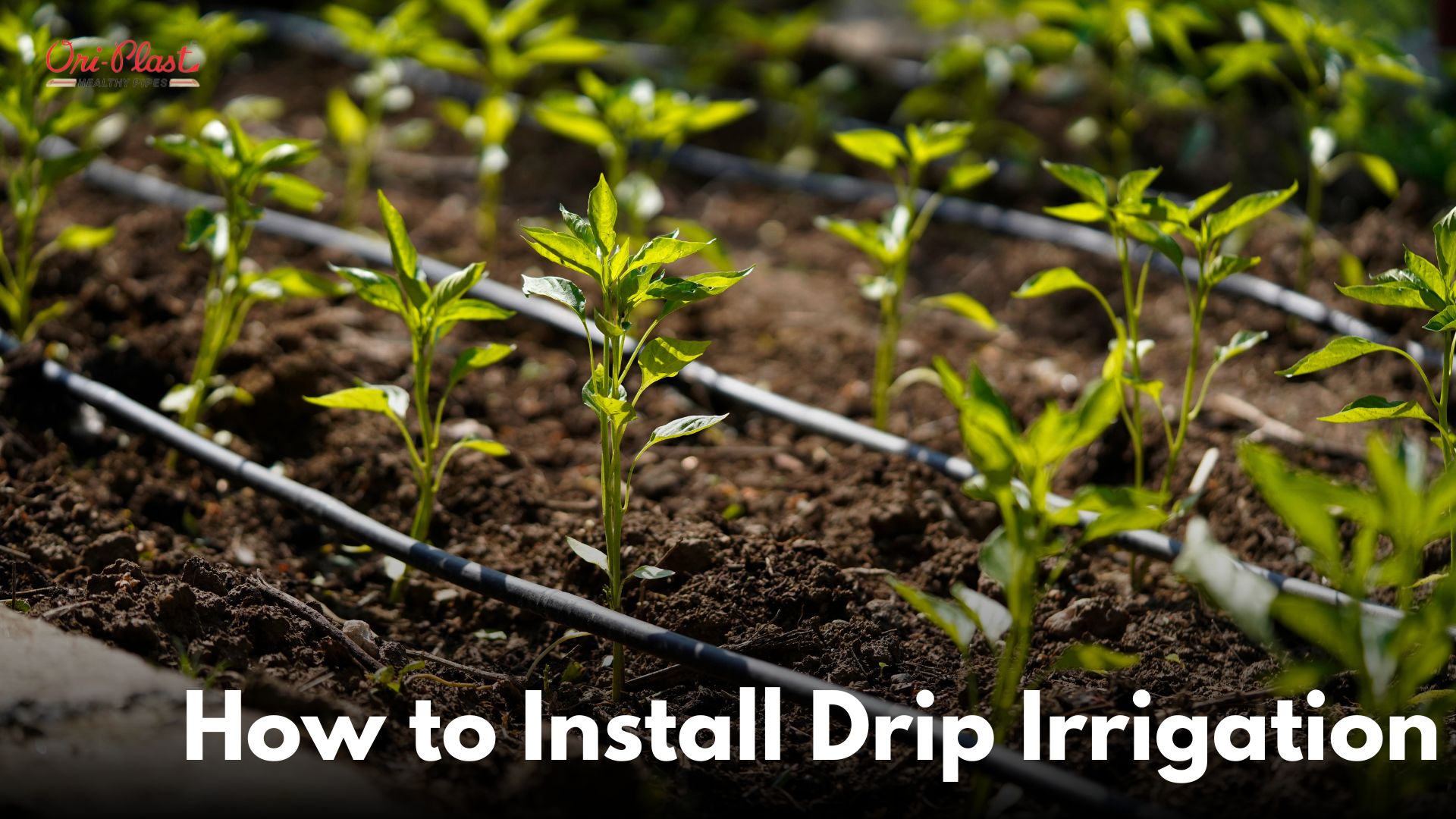In the dynamic world of agriculture, efficiency and resource management are paramount. As global food demand rises, driven by a population projected to reach nearly 10 billion by 2050. The need for advanced irrigation infrastructure becomes critical. At the heart of every successful agricultural water management system lies the strategic selection of agricultural pipes fittings. These seemingly simple components are the unsung heroes behind efficient water delivery and higher crop yields. They also play a crucial role in reducing operational costs and promoting environmental sustainability.
For manufacturers and businesses in the agricultural sector, knowing these components isn't just about sales. It's about offering solutions that help farmers boost productivity and build resilience. This comprehensive guide delves into the world of agricultural pipes fittings, exploring the best materials, industry standards, and essential components that drive modern farming success.
Which Pipes Reign Supreme in Agriculture? The Power of PVC
When considering the optimal piping material for agricultural applications, a critical question often arises: Which pipes are best for agriculture? While the market offers a variety of materials, including HDPE and other polymers, PVC pipes and fittings consistently emerge as a top choice among farmers and farm owners worldwide.
PVC's dominance isn't accidental; it's a testament to its compelling combination of attributes:
- Affordability: PVC offers a highly cost-effective solution, allowing agricultural businesses to implement extensive and efficient irrigation systems without prohibitive upfront investment. This economic advantage is crucial for maximizing return on investment in farm infrastructure.
- Durability and Longevity: Manufactured to withstand harsh agricultural environments, PVC pipes are resistant to corrosion, rust, and chemical degradation from common fertilizers and pesticides. This robust nature ensures a long service life, reducing the need for frequent replacements and maintenance.
- Ease of Installation: Lightweight and flexible, PVC pipes and fittings are remarkably easy to transport, handle, and install. Their simple solvent cement joining method reduces installation time and labor costs, making large-scale projects more manageable.
- Versatility: PVC pipes are suitable for a wide array of agricultural applications, from general water conveyance to specialized drip irrigation systems. Their smooth inner walls minimize friction losses, ensuring efficient water flow.
The growing emphasis on water conservation and efficient resource use further solidifies PVC's position. Studies show that efficient irrigation systems, largely built with materials like PVC, can lead to significant water savings. For instance, drip irrigation systems, where PVC plays a crucial role, can reduce water usage by up to 50% compared to traditional flood irrigation methods, leading to substantial savings on water and energy. This efficiency directly contributes to improved crop yields, with some farms reporting a 20-25% increase in crop yield by adopting precision irrigation.
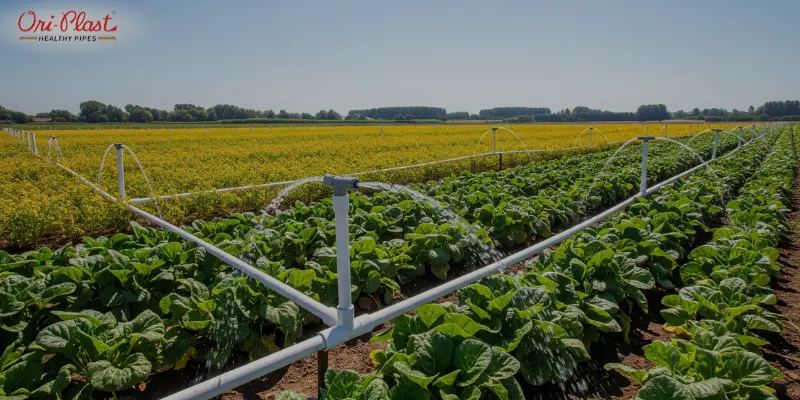
Upholding Quality: Standard Agricultural Pipes and Fittings
For any infrastructure, adherence to standards is non-negotiable, and agricultural pipes fittings are no exception. What is the standard for agri pipes and fittings? In India, these are primarily governed by specific Indian Standards (IS) to ensure compatibility, reliability, and performance across diverse applications.
- IS 4985: This standard specifies the requirements for PVC-U pipes (unplasticized polyvinyl chloride) used for water supply, including agricultural purposes. It covers dimensions, pressure ratings, and material specifications, ensuring pipes can withstand the operational demands of agricultural irrigation.
- IS 7834: This standard addresses PVC-U fittings for potable water supply, which are equally vital for agricultural systems. It details the dimensions, material, and performance requirements for various fittings, guaranteeing leak-proof and durable connections.
These standards ensure that pipes and fittings are manufactured to precise specifications, allowing for seamless integration within complex irrigation networks. Common sizes for pipes governed by these standards typically range from 20mm to 400mm, catering to everything from small farm plots to large-scale agricultural projects. Fittings commonly range from 40mm to 110mm, providing a versatile suite of options for various connection needs. Following these standards helps manufacturers deliver products that meet farmers' needs for strength and compatibility. This directly affects how long and efficiently an irrigation system will work.
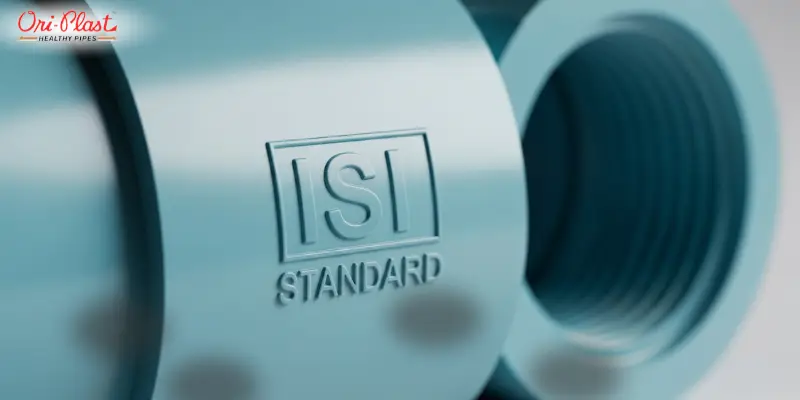
Hydrating the Fields: Types of Agricultural Water Supply Systems
Effective water management in agriculture starts from the source and extends to the crop. What are the types of agriculture water supply? Agricultural water supply systems can be broadly categorized based on their water source and delivery method:
Water Sources for Agriculture
- Surface Water: Drawn from rivers, lakes, canals, and reservoirs. This often requires robust pumping stations and large-diameter pipes to convey water to the fields.
- Groundwater: Accessed through borewells and tube wells. This necessitates submersible pumps and column pipes, often made of durable PVC or HDPE, to lift water from significant depths.
- Rainwater Harvesting: Collecting and storing rainwater, typically in ponds or tanks, for later use. This sustainable approach reduces reliance on other sources and requires efficient piping to channel water from collection points to storage and then to the fields.
Irrigation Methods Utilizing Agricultural Pipes Fittings
Once sourced, water is delivered to crops through various irrigation methods, each relying heavily on specific agricultural pipes fittings.
- Surface Irrigation (Flood/Furrow): The oldest method, where water flows over the land surface. While seemingly simple, modern surface irrigation can use gates and outlets connected via pipes to control water flow and reduce waste.
- Sprinkler Irrigation: Mimics natural rainfall, distributing water through a network of pipes, risers, and sprinkler heads. This method is highly efficient, particularly for undulating terrains. It requires pipes that can handle moderate pressure and a variety of fittings to create the extensive network needed.
- Micro-Irrigation (Drip and Localized Irrigation): The most water-efficient method, delivering water directly to the plant roots. This involves a complex network of mainlines, sub-mainlines, laterals, and emitters. Drip irrigation pipes are crucial here, often smaller diameter PVC or LLDPE, precisely distributing water drop by drop. This method can save up to 40-50% water compared to traditional methods and significantly reduce nutrient leaching, leading to healthier crops and increased yields.
The choice of system heavily influences the types and quantities of agricultural pipes fittings required, underscoring the need for a supplier with a diverse and comprehensive product portfolio.
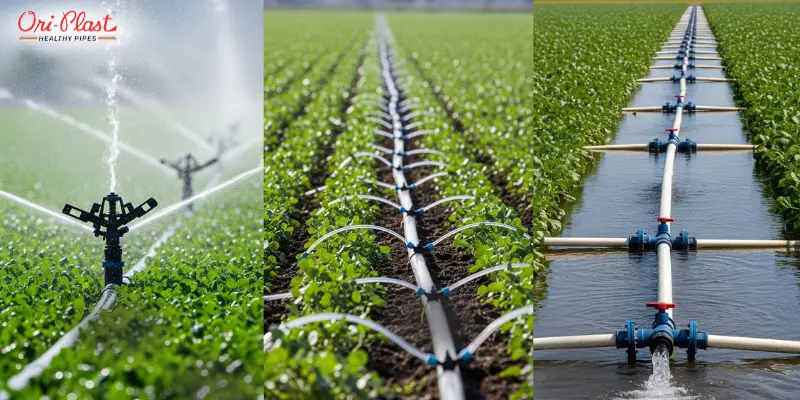
The Anatomy of Connections: Understanding Pipe Fittings
The efficiency and integrity of any agricultural water system hinge on its connections. What are the three main types of pipe fittings? While countless specialized fittings exist, the core trio forms the foundation of almost any piping network:
- Elbows: These fittings are used to change the direction of the pipe, typically at 90-degree or 45-degree angles. They are essential for navigating corners, obstacles, or directing water flow in desired paths across the field.
- Tees: Tees allow for connecting pipes at a 90-degree angle, creating a branch line from a main pipeline. They are fundamental for distributing water from a primary supply line to multiple rows or sections of crops.
- Couplings: These fittings are designed to connect two pipes of the same diameter in a straight line. They are vital for extending pipe runs, repairing damaged sections, or connecting pre-fabricated pipe lengths.
Beyond the Basics: Other Critical Agricultural Fittings
While elbows, tees, and couplings are foundational, a robust agricultural plumbing system requires a broader array of agricultural pipes fittings:
- Reducers: Used to connect pipes of different diameters, gradually transitioning the flow.
- Caps: Used to close off the end of a pipe or fitting, typically at the termination of a line or a future expansion point.
- Unions: Allow for easy disconnection and reconnection of pipe sections without cutting the pipe, simplifying maintenance and repairs.
- Valves: Crucial for controlling or stopping the flow of water within the system. This includes gate valves, ball valves, check valves, and control valves, essential for managing water distribution zones and preventing backflow.
- Adapters: Used to connect pipes or fittings of different materials or to transition between threaded and plain end connections.
- Flanges: Provide a method of connecting pipes to pumps, valves, or other equipment using bolts, creating a strong and often removable joint.
The comprehensive availability of these agricultural pipes fittings from a single, reliable supplier significantly streamlines procurement and ensures compatibility across the entire irrigation system.

The Oriplast Advantage: Leading the Way in Agricultural Plumbing Solutions
For manufacturers and business owners seeking agricultural pipes fittings that combine quality, innovation, and reliability, Oriplast stands as a trusted partner. With a legacy spanning over five decades, Oriplast has consistently delivered high-performance plumbing solutions tailored for the demanding agricultural sector.
Oriplast's commitment to excellence is reflected in its adherence to stringent quality standards, including BIS, BS, DIN, and ISO certifications for its agricultural pipes fittings. Their extensive product portfolio includes a wide array of PVC pipes suitable for diverse agricultural applications, from borewell and column pipes for groundwater extraction to casing pipes and suction hoses. Their manufacturing plants in Bagnan and Sankrail, near Kolkata, are equipped with state-of-the-art technology, ensuring consistent quality and a robust supply chain for the entire region.
By choosing Oriplast, you gain access to:
- Certified Quality: Products meeting rigorous national and international standards for durability and performance.
- Comprehensive Range: A one-stop solution for all your agricultural pipes fittings needs, simplifying procurement and ensuring system compatibility.
- Engineering Expertise: Support from a team that understands the specific challenges and requirements of agricultural irrigation systems.
- Sustainable Solutions: Contributing to water-efficient farming practices that benefit both the environment and the farmer's bottom line.
Explore Oriplast's complete range of agricultural pipe fittings and solutions.
To explore Oriplast’s dedication to quality and innovation in piping solutions, visit their official website. Check out more at oriplast.
Investing in the Future of Agriculture
The efficacy of modern agriculture hinges on robust and efficient water management. By understanding the critical role of agricultural pipe fittings, from the selection of resilient PVC pipes to the strategic use of elbows, tees, and couplings, manufacturers and business owners can significantly contribute to the sector's success. Choosing suppliers who focus on quality and follow global standards, like Oriplast, ensures reliable infrastructure. This helps farms grow stronger and perform better in the long run.
Investing in high-quality agricultural pipe fittings is not merely an expenditure; it's an investment in increased yields, reduced operational costs, enhanced sustainability, and ultimately, the future of food security.

